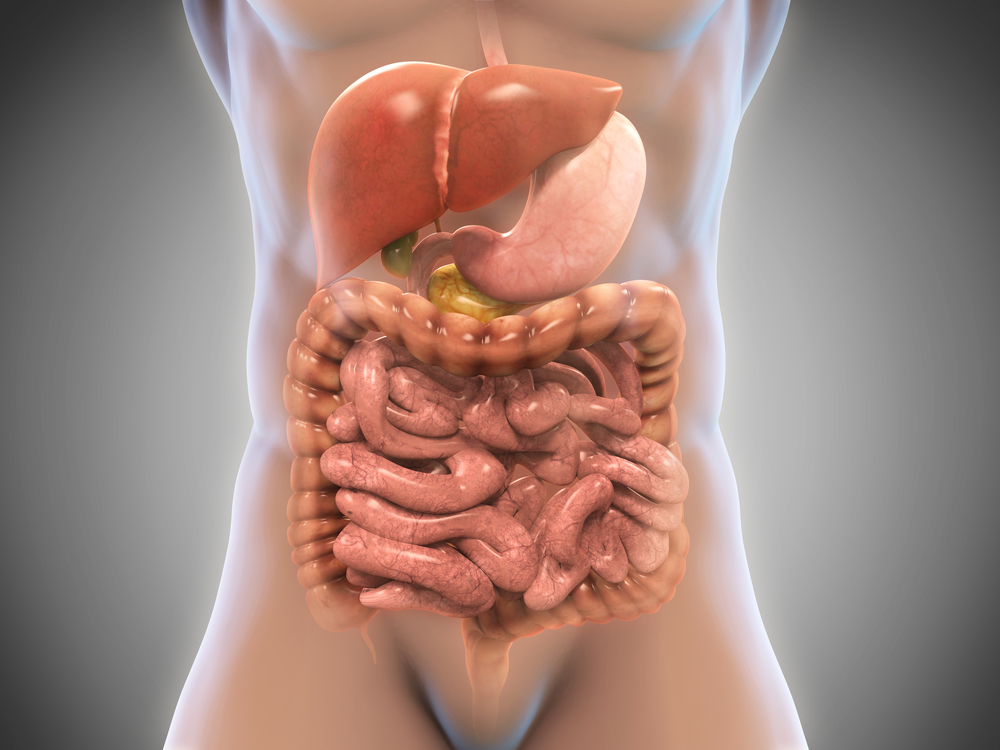Scleroderma Warriors – Toughness That’s More Than Skin Deep
Written by |

Stretch marks, belly flab, a double C-section scar, dark circles under my eyes for the next 18 years: the postpartum party gifts I was expecting as I was wheeled in for a scheduled C-section in 2006. It wasn’t my first rodeo: I’d had a C-section three years prior and, as one of the experienced warriors, felt far more prepared for the second time around.
My nursery was ready, baby clothes were washed, diapers were bought, the car seat was installed, and books about bringing home a baby sister had been read to my toddler son. “Mommy is going to the hospital for four days while Daddy stays with me. Then Mommy will come home with my brand new baby sister.” My precocious 3-year-old would spout off this speech to anyone who would listen.
If only I’d had a crystal ball, I never would have told him that. I would never intentionally lie to my son — I had no idea I wouldn’t return home for 218 days. I didn’t know I would be mostly bald, in a wheelchair, have a permanent ostomy bag, and weigh under 80 pounds.
No one could have predicted that I would develop a massive postpartum infection, one that ravaged my abdomen and resulted in an emergency colostomy 15 days after my daughter’s birth. Who could have foreseen that the aftermath from this surgery would spiral out of control, and I would spend over seven months in the hospital? At the age of 31, I certainly was not expecting to leave behind my three-year-old son, newborn, and husband.
Warriors: Eight major surgeries
Many people have asked me how I survived 218 days in the hospital, eight major surgeries, temporary paralysis, sepsis, ICU Psychosis, two tracheotomies … yada … yada … yada. For 10 years, I’ve asked myself the same thing. Depending on the day, I may attribute my survival to my support system of family and friends, my heroic doctors, believing in miracles, or the will to live and raise my kids. There’s one common thread that that weaves everything together: living with scleroderma since age 10 taught me to expect the unexpected.
In 2006, my world shattered. I was robbed of almost every human entitlement — the ability to see and hold my children, speak, write, eat, drink, move, and breathe. Yet, it wasn’t the first time my universe had imploded. In a bizarre way, living with scleroderma was the best possible preparation for surviving against all odds.
For two decades, I had undergone medical tests and procedures, lived with pain, and managed the uncertainty that looms over every scleroderma patient. Like all Scleroderma Warriors, I had learned to plow ahead, despite setbacks. From a young age, I understood that life didn’t come with a warranty, instruction manual, exchange policy, or refund. I had long since accepted life only came with an expiration date, and that I wasn’t privy to that classified information.
When people read my book, which chronicles my journey to the brink of death and back, some conclude that scleroderma is what nearly cost me my life 10 years ago. It’s clear my disease complicated my case, masked symptoms, and mystified doctors. Yet, it was the lessons I learned early and often from battling scleroderma that, I believe, fueled my survival.
Click on the book’s title for more information: “Does This Hospital Gown Come With Sequins?”
[To learn more about my scleroderma journey, visit my personal blog: www.comfortableinmythickskin.com]
Note: Scleroderma News is strictly a news and information website about the disease. It does not provide medical advice, diagnosis, or treatment. This content is not intended to be a substitute for professional medical advice, diagnosis, or treatment. Always seek the advice of your physician or other qualified health provider with any questions you may have regarding a medical condition. Never disregard professional medical advice or delay in seeking it because of something you have read on this website. The opinions expressed in this column are not those of Scleroderma News, or its parent company, Bionews Services, and are intended to spark discussion about issues pertaining to scleroderma.






Leave a comment
Fill in the required fields to post. Your email address will not be published.